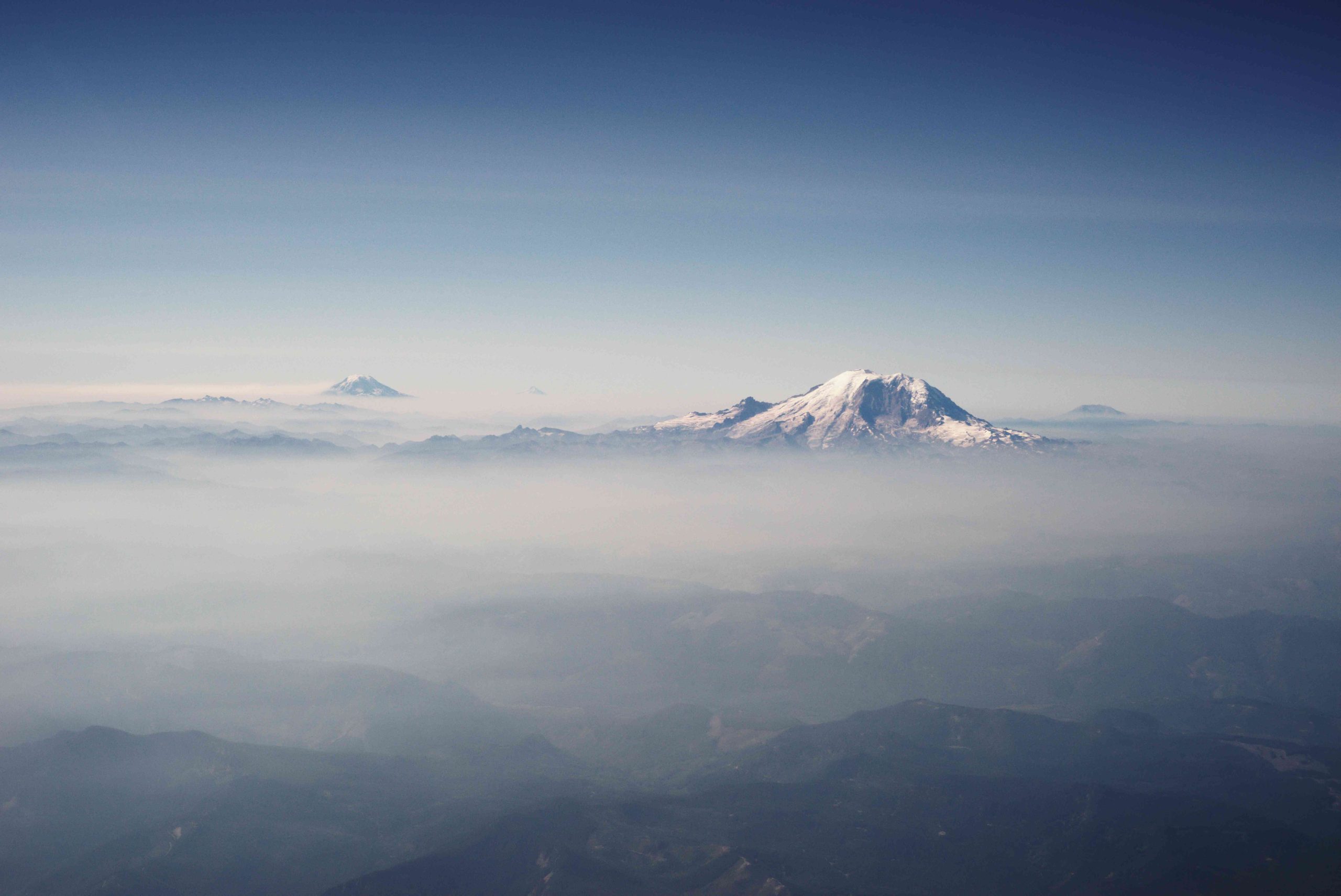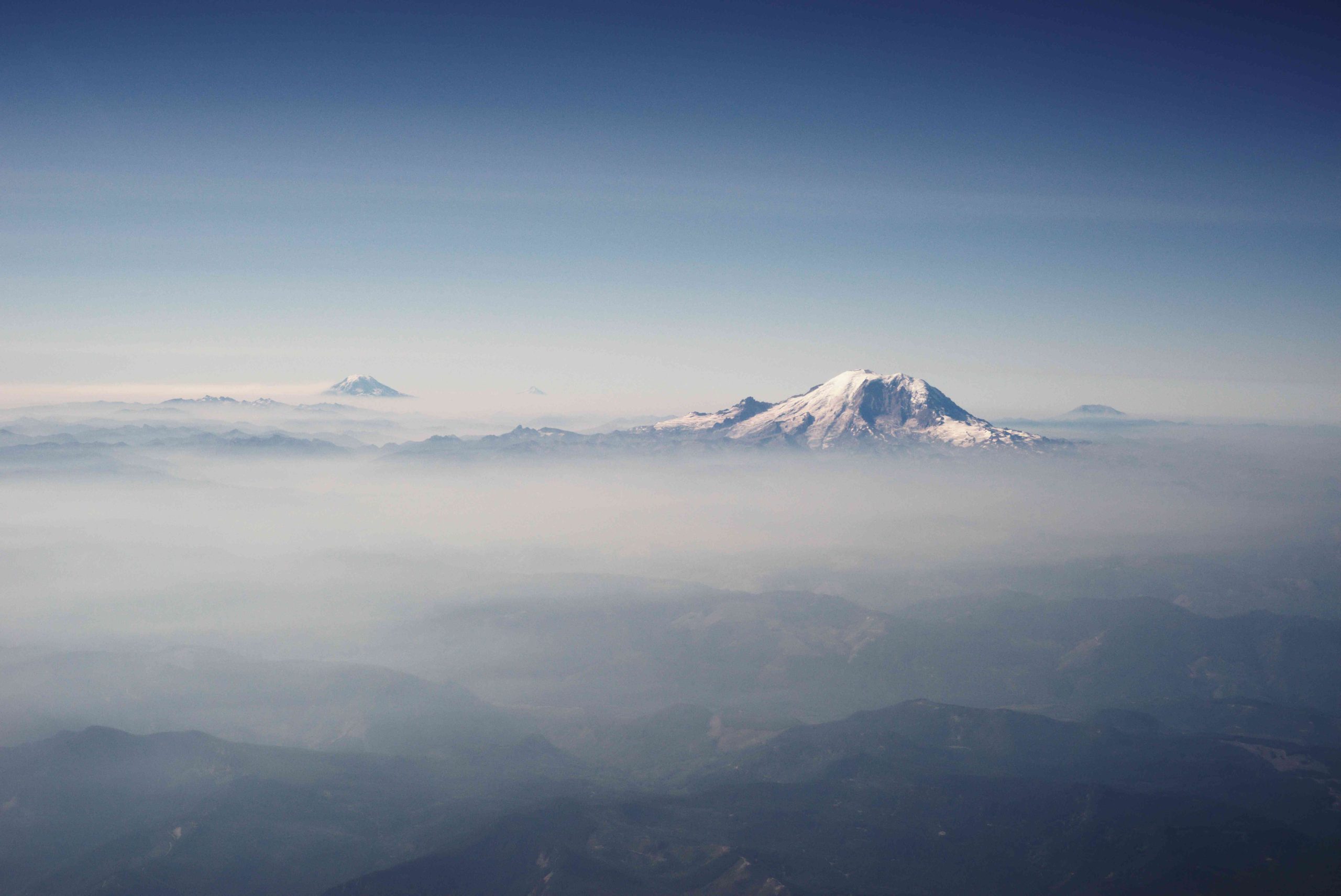Driving in Mount Rainier National Park is absolutely worth it. The park offers breathtaking scenic routes, accessible viewpoints, and diverse landscapes that can be best experienced by car. From old-growth forests to subalpine meadows, visitors can witness the park’s beauty through well-maintained roads that wind around the iconic Mount Rainier. With proper planning and awareness of seasonal closures, a drive through the park provides an unforgettable experience for nature enthusiasts and casual visitors alike.
What Are the Must-See Scenic Drives in Mount Rainier National Park?

Mount Rainier National Park boasts several scenic drives that showcase its natural wonders:
- Nisqually Entrance to Paradise
- Paradise to Stevens Canyon Road
- Stevens Canyon Road to Ohanapecosh
- Sunrise Road
- Chinook Scenic Byway and White Pass Scenic Byway Loop
Let’s explore each of these routes in detail:
Nisqually Entrance to Paradise
This 19-mile drive takes you from the park’s main entrance to the popular Paradise area. Key stops include:
- Kautz Creek: A rest stop offering the first glimpse of Mount Rainier
- Longmire: Home to the park’s first administration building and a mineral spring meadow
- Christine Falls and Narada Falls: Impressive waterfalls along the route
- Paradise: A subalpine area at 5,400 feet elevation with stunning views and the Jackson Visitor Center
Paradise to Stevens Canyon Road
This scenic one-way road connects Paradise to Stevens Canyon Road, featuring:
- Reflection Lakes: Known for its mirror-like reflection of Mount Rainier
- Box Canyon: A popular spot for wildflower viewing and fall foliage
Stevens Canyon Road to Ohanapecosh
This road links the west and east sides of the park, with highlights including:
- Grove of the Patriarchs: An easy 1.5-mile loop through ancient old-growth forest
Sunrise Road
Branching off from SR410, this road leads to the highest vehicle-accessible point in the park:
- Sunrise Point: Offers 360-degree views of Mount Rainier and surrounding peaks
- Sunrise Visitor Center: Open from July to mid-September with exhibits and hiking information
Chinook Scenic Byway and White Pass Scenic Byway Loop
This 129-mile loop takes you along the eastern edge of the park, featuring:
- Chinook Pass: With a dramatic log and stone archway and Tipsoo Lake
- Goat Rocks: Views of Mount Rainier and remnants of an ancient volcano
What Are the Current Road Conditions and Seasonal Closures?

Understanding road conditions and closures is crucial for planning your drive in Mount Rainier National Park:
Seasonal Closures
- Ricksecker Point Road: Open only in summer months
- Skate Creek Road: Closed to vehicles in winter, used for snowmobiling
- Sunrise Road: Typically open from July to mid-September
Maintenance Schedules
Roads within the park are subject to maintenance and may be temporarily closed. Always check the park’s official website or contact rangers for up-to-date information.
Specific Challenges
- Tunnels: Stevens Canyon Road and SR123 have height limits (12′ 6\” and 13′ 1\” respectively)
- Weather: Even in late summer and early fall, conditions can be cold and snowy
Where Are the Best Viewpoints and How Accessible Are They?
Mount Rainier National Park offers several stunning viewpoints accessible by car:
| Viewpoint | GPS Coordinates | Accessibility | Amenities |
|---|---|---|---|
| Reflection Lakes | 46.7673° N, 121.7343° W | Car accessible, short trail to shore | Wildflowers, huckleberries (seasonal) |
| Ricksecker Point | 46.7833° N, 121.7333° W | Summer-only, one-way road | Views of Mount Rainier, Nisqually Glacier |
| Sunrise Point | 46.9222° N, 121.4428° W | Highest car-accessible point | Visitor Center, exhibits, hiking info |
| Grove of the Patriarchs | 46.7333° N, 121.5667° W | Short walk from parking, suspension bridge | 1.5-mile loop through old-growth forest |
What Are the Essential Driving Tips for Mount Rainier National Park?
To make the most of your driving experience in Mount Rainier National Park, consider these tips:
Vehicle Requirements
- Ensure your vehicle is in good condition, especially for high-elevation drives
- Check vehicle height for tunnel clearance on Stevens Canyon Road and SR123
Parking Regulations
- Use designated parking areas to avoid fines and ensure safety
- Be aware of parking restrictions in popular areas like Paradise and Sunrise
Safety Precautions
- Always check weather forecasts and road conditions before departing
- Bring layers, as weather can be unpredictable even in summer
Recommended Driving Times
- For optimal visibility, drive during clear weather days
- Early morning or late afternoon drives help avoid midday glare
Is Driving in Mount Rainier National Park Worth the Effort?
Absolutely! Driving in Mount Rainier National Park offers unparalleled access to diverse landscapes, from lush forests to subalpine meadows. The well-maintained roads provide comfortable travel to key attractions and viewpoints that would otherwise be inaccessible to many visitors. While some planning is required to navigate seasonal closures and weather conditions, the rewards far outweigh the effort.
The ability to cover vast distances and elevations allows visitors to experience the park’s varied ecosystems in a single day. From the historic charm of Longmire to the panoramic vistas at Sunrise, each drive offers a unique perspective of Mount Rainier and its surrounding wilderness.
Moreover, driving allows for flexibility in your itinerary. You can stop at numerous pullouts to admire views, take short hikes, or simply soak in the natural beauty at your own pace. This flexibility is particularly valuable for families, photographers, and those with limited mobility.
In conclusion, driving in Mount Rainier National Park is not just worth it – it’s an essential part of fully experiencing the park’s grandeur. With proper preparation and respect for the environment, a drive through Mount Rainier National Park promises memories that will last a lifetime.
References:
1. https://whitepassbyway.com/road-trips/mt-rainier-loop/
2. https://www.nps.gov/thingstodo/road-trip-around-the-mountain.htm
3. https://www.myscenicdrives.com/drives/washington/mount-rainier

